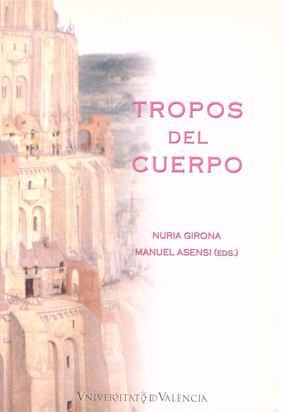Para una teología del fantasma: la mística de María de San José
DOI:
https://doi.org/10.7203/qf-elit.v9i0.5133Paraules clau:
literatura conventual, escriptura de dones, Maria de San José, mística, malenconia Resum
Resum
Aquest article parteix de la consideració de Michel de Certeau de la mística com una “teologia del fantasma” i, a partir dels relats de vida conventuals escrits en la colònia (especialment el de la mexicana María de San José), posa en relació la noció de duel i malenconia amb les aparicions divines i mortificacions corporals que aquests relats descriuen, per ressaltar la dimensió subjectiva i individual d'aquesta experiència. També revisa la funció del confessor davant aquests “desordres”, vigilant i inquisidora d'una banda, i pacificadora i reparadora per una altra.
 Descàrregues
Descàrregues
Descàrregues
Publicades
Com citar
-
Resum284
-
PDF (Español)232
Número
Secció
Llicència
 Este obra está bajo una licencia de Creative Commons Reconocimiento-NoComercial-SinObraDerivada 4.0 Internacional.
Este obra está bajo una licencia de Creative Commons Reconocimiento-NoComercial-SinObraDerivada 4.0 Internacional.
Tots els documents inclosos a OJS són d'accés lliure i propietat dels seus autors i/o institucions editores, i per tant, qualsevol acte de reproducció, comercialització, comunicació pública o transformació total o parcial necessita el consentiment exprés i escrit d'aquests.
________
Authors who publish with this journal agree to the following terms:
- Authors retain copyright and grant the journal right of first publication with the work simultaneously licensed under a Creative Commons Attribution License that allows others to share the work with an acknowledgement of the work's authorship and initial publication in this journal.
- Authors are able to enter into separate, additional contractual arrangements for the non-exclusive distribution of the journal's published version of the work (e.g., post it to an institutional repository or publish it in a book), with an acknowledgement of its initial publication in this journal.
- Authors are permitted and encouraged to post their work online (e.g., in institutional repositories or on their website) prior to and during the submission process, as it can lead to productive exchanges, as well as earlier and greater citation of published work (See The Effect of Open Access).



